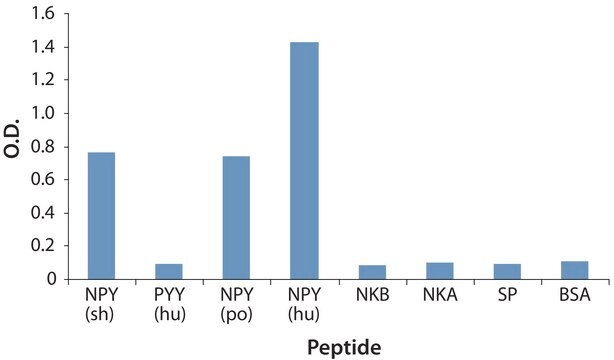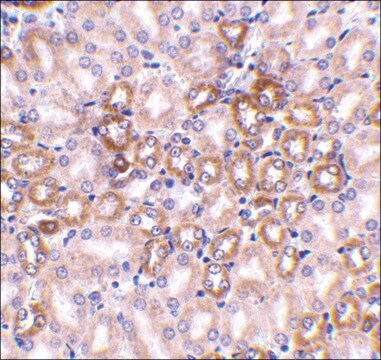Key Documents
M4699
MTEP hydrochloride
≥98% (HPLC)
Synonim(y):
MTEP hydrochloride, 3-[(2-methyl-1,3-thiazol-4-yl)ethynyl]pyridine hydrochloride
About This Item
Polecane produkty
Próba
≥98% (HPLC)
warunki przechowywania
desiccated
kolor
white to beige
rozpuszczalność
H2O: 30 mg/mL, clear
inicjator
Merck & Co., Inc., Kenilworth, NJ, U.S.
temp. przechowywania
2-8°C
ciąg SMILES
Cl.Cc1nc(cs1)C#Cc2cccnc2
InChI
1S/C11H8N2S.ClH/c1-9-13-11(8-14-9)5-4-10-3-2-6-12-7-10;/h2-3,6-8H,1H3;1H
Klucz InChI
YCIOJDKGCWAHLR-UHFFFAOYSA-N
Działania biochem./fizjol.
Cechy i korzyści
Kod klasy składowania
11 - Combustible Solids
Klasa zagrożenia wodnego (WGK)
WGK 3
Temperatura zapłonu (°F)
Not applicable
Temperatura zapłonu (°C)
Not applicable
Certyfikaty analizy (CoA)
Poszukaj Certyfikaty analizy (CoA), wpisując numer partii/serii produktów. Numery serii i partii można znaleźć na etykiecie produktu po słowach „seria” lub „partia”.
Masz już ten produkt?
Dokumenty związane z niedawno zakupionymi produktami zostały zamieszczone w Bibliotece dokumentów.
Nasz zespół naukowców ma doświadczenie we wszystkich obszarach badań, w tym w naukach przyrodniczych, materiałoznawstwie, syntezie chemicznej, chromatografii, analityce i wielu innych dziedzinach.
Skontaktuj się z zespołem ds. pomocy technicznej







